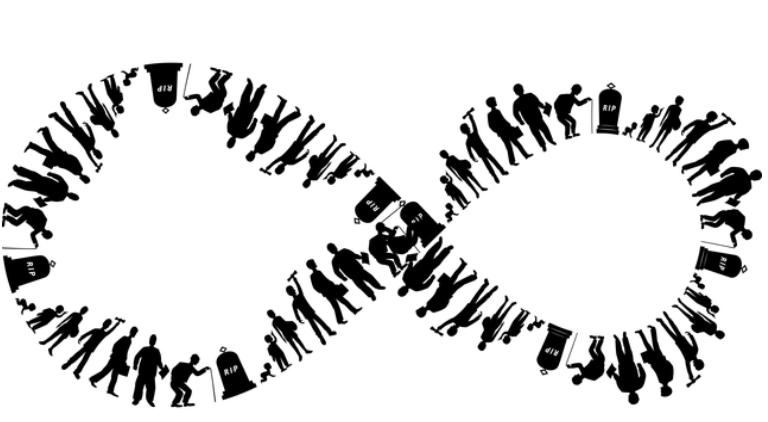
Create Your Own Life Cycle

Overview
Create Your Own Life Cycle invites students to watch an informational Bill Nye video regarding life cycles, and then create their own life cycle from provided pictures by utilizing the Copy and Paste functions in Google Slides or PowerPoint.
Learning Objectives
Students will:
-
be able to develop a digital model to show that organisms have unique and diverse life cycles but all have in common Birth, Growth, Reproduction, and Death. MI K-12 Science Standard
Vocabulary
Vocabulary Words:
-
Life Cycle: The life cycle is a series of stages, such as childhood and middle age, that characterize the course of existence of an individual, group, or culture.
-
Birth: Birth is an act or instance of being born.
-
Growth: Growth is the act or process, or a manner of growing; development; gradual increase.
-
Reproduction: Reproduction is the natural process among organisms by which new individuals are generated and the species perpetuated.
-
Death: Death is the act of dying; the end of life; the total and permanent cessation of all the vital functions of an organism.
Pre-planning
To prepare for this lesson:
- The teacher should download and print this worksheet (created by Jennifer Donaldson) so each student has a copy.
- The teacher should preview the video - Bill Nye - Life Cycles.
- The teacher should preview the slideshow - Create Your Own Life Cycle and make copies in Google Slides or PowerPoint for the students.
Accommodations
See Accommodations Page and Charts on the 21things4student website in the Teacher Resources.
Steps
Directions for this activity:
Teacher:
- Pass out the corresponding worksheet for the Bill Nye - Life Cycles video.
- Tell students to fill out the worksheet as they watch the video.
- Show students the Bill Nye - Life Cycles video.
- Share the video link with your students so they can watch on their own if they wish.
Students:
- The teacher will make copies of the slideshow or give the link to the students to make a copy of their own to use.
- The students will edit the slideshow by using the Copy and Paste functions.
- The students will complete the Life Cycle slide using the provided pictures.
- Have the students share their completed slideshow with their teacher.
Assessment Options
Different options for assessing the students:
- Observations
- Check for understanding
- Class and small group discussion
- Have students share their created life cycle slide with you.
MITECS COMPETENCIES & ISTE STANDARDS
MITECS: Michigan adopted the "ISTE Standards for Students" called MITECS (Michigan Integrated Technology Competencies for Students) in 2018.
Creative Communicator
6a. Students choose the appropriate platforms and tools for meeting the desired objectives of their creation or communication.
6b. Students create original works or responsibly repurpose or remix digital resources into new creations.
6c. Students Communicate complex ideas clearly and effectively by creating or using a variety of digital objects such as visualizations, models or simulations.
6d. Students publish or present content that customizes the message and medium for their intended audiences.
Devices and Resources
Device: PC, Chromebook, Mac, iPad
Browser: Chrome, Safari, Firefox, Edge, ALL
Apps. Extensions, Add-ons
Websites:
Bill Nye Video
CONTENT AREA RESOURCES
ELA
Students could write about their personal experience with Life Cycles.
Integrated Arts
In small groups, have students create a poster that shows and explains the life cycle of an organism of their choice.
Science
Grow flowers from seeds, buy tadpoles and watch them grow.
Credits
This task card was created by Erin Cousino, Whiteford Agricultural School District, September 2023.


